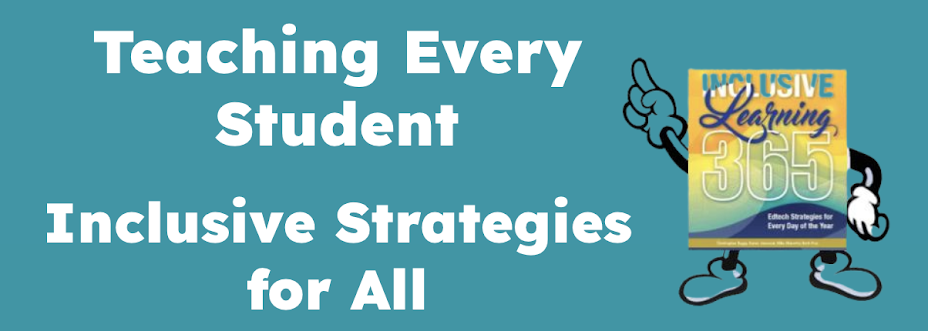The stress of the "first day of school" attire is one example of the hidden curriculum. (Do you remember it?) It's so important to be seen as wearing what everyone else is wearing and not stand out in any way, at least initially.
Students with disabilities are often "left in the dark" when it comes to an understanding of the hidden culture within the school. I will never forget the graduating senior girl with whom I worked many years ago. It was the tradition for seniors to wear the same shirt on class day, a shirt that was purchased prior to the actual day. This student was unaware of the tradition and was the only one to attend class day not wearing the shirt. I saw her later that day and she relayed the story with sadness and humiliation. Why did she not know? How was she left out? Who's responsibility was it to ensure that all students were aware of the tradition (hidden curriculum)?
It's important to understand that the hidden curriculum is unique at every school. Do you and your colleagues acknowledge the presence of the hidden curriculum? How are you addressing this unwritten reality to meet the needs of all the learners in your classrooms?
Unfortunately, students with special needs are often ostracized as a result of their lack of insight into the hidden curriculum present at their school. The Autism Network addresses the unique challenges students on the autism spectrum experience:
Individuals who have ASD do not come equipped with the same ability to understand the hidden curriculum. As a result, they break a lot of social and behavioral rules without intent or even knowledge that they are doing so. This coupled with their difficulty in generalizing information from one situation to another leads them to making the same mistakes over and over again at a tremendous social cost.Rick Lavoie addresses the topic in his book, It's so Much Work to be Your Friend, Helping the Child with Learning Disabilities Find Social Success.
“The Hidden Curriculum … consists of the unwritten, unspoken rules of school … its culture that includes shared norms, values, beliefs, traditions, rituals, and customs …In fact, success in the standard curriculum is often secondary to success in the Hidden Curriculum." (p. 253-255). “It is critically important that we teach the Hidden Curriculum to socially incompetent children with the same commitment and planning that we present the standard curriculum.” (p. 256).How much do you know about the hidden curriculum and social success? Thanks to a recent post by Kate Ahearn at the Teaching Learners with Multiple Special Needs blog, I recently became aware of a resource, The 2010 One a Day Hidden Curriculum Calendar for Older Adolescents and Adults for those of you working with high school students. There's also a version for younger students, The 2010 Hidden Curriculum One a Day Calendar for Kids: Items for Understanding Unstated Rules in Social Situations. They retail for about $16 each or both for $22.
To learn more, check out these additional resources:
Council for Exceptional Children: The Hidden Curriculum - Unwritten Rules That Students with Disabilities Often Miss
Last One Picked, First One Picked On: Learning Disabilities and Social Skills DVD by Rick Lavoie (get it from your library)
The Hidden Curriculum: Practical Solutions for Understanding Unstated Rules in Social Situations by Brenda Miles, et al

2 comments:
Hi karen,
Great post. Thanks
So true, Karen. Thanks for this thoughtful and well-researched post. With all of the competing factors that teachers face, even when the hidden curriculum is transparent, it is sometimes averted. We need more reminders like yours that it is everyone's responsibility to uncover and be candid about the hidden curriculum.
Post a Comment